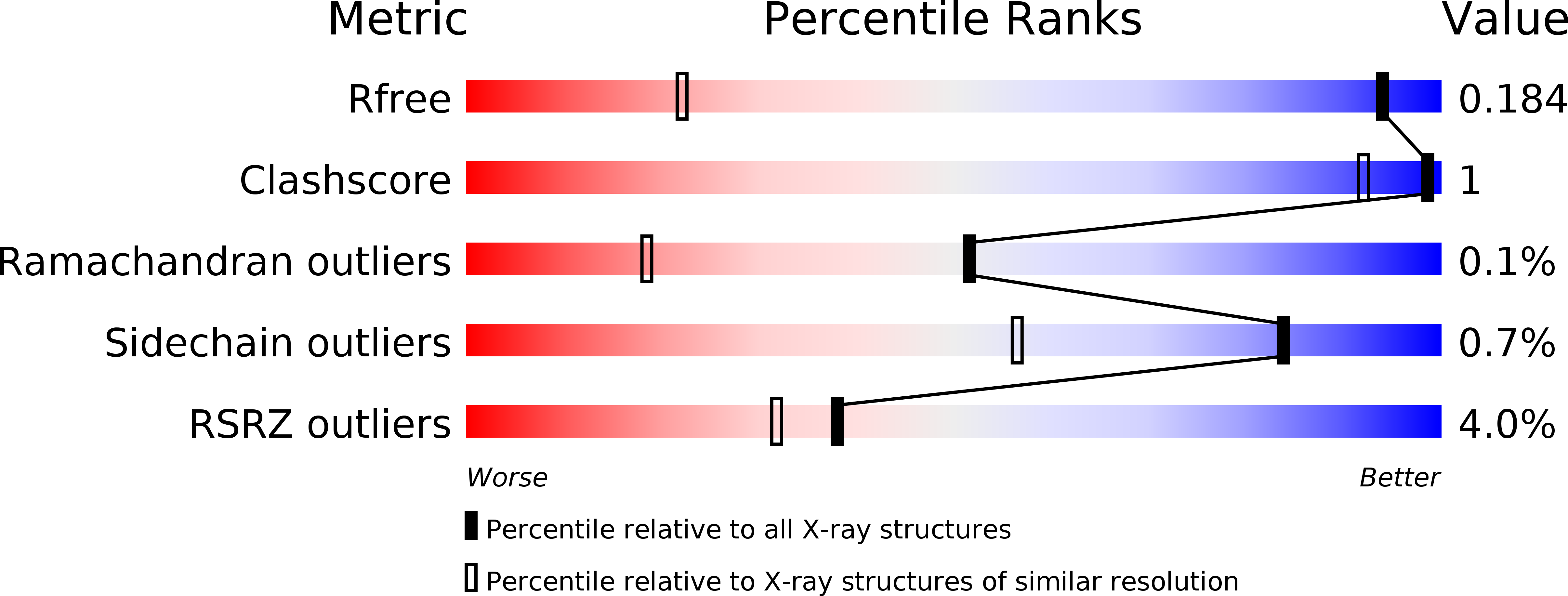
Deposition Date
2013-04-17
Release Date
2013-10-30
Last Version Date
2024-11-06
Entry Detail
Biological Source:
Source Organism:
unidentified prokaryotic organism (Taxon ID: 2725)
Host Organism:
Method Details:
Experimental Method:
Resolution:
1.03 Å
R-Value Free:
0.18
R-Value Work:
0.17
R-Value Observed:
0.17
Space Group:
C 1 2 1


